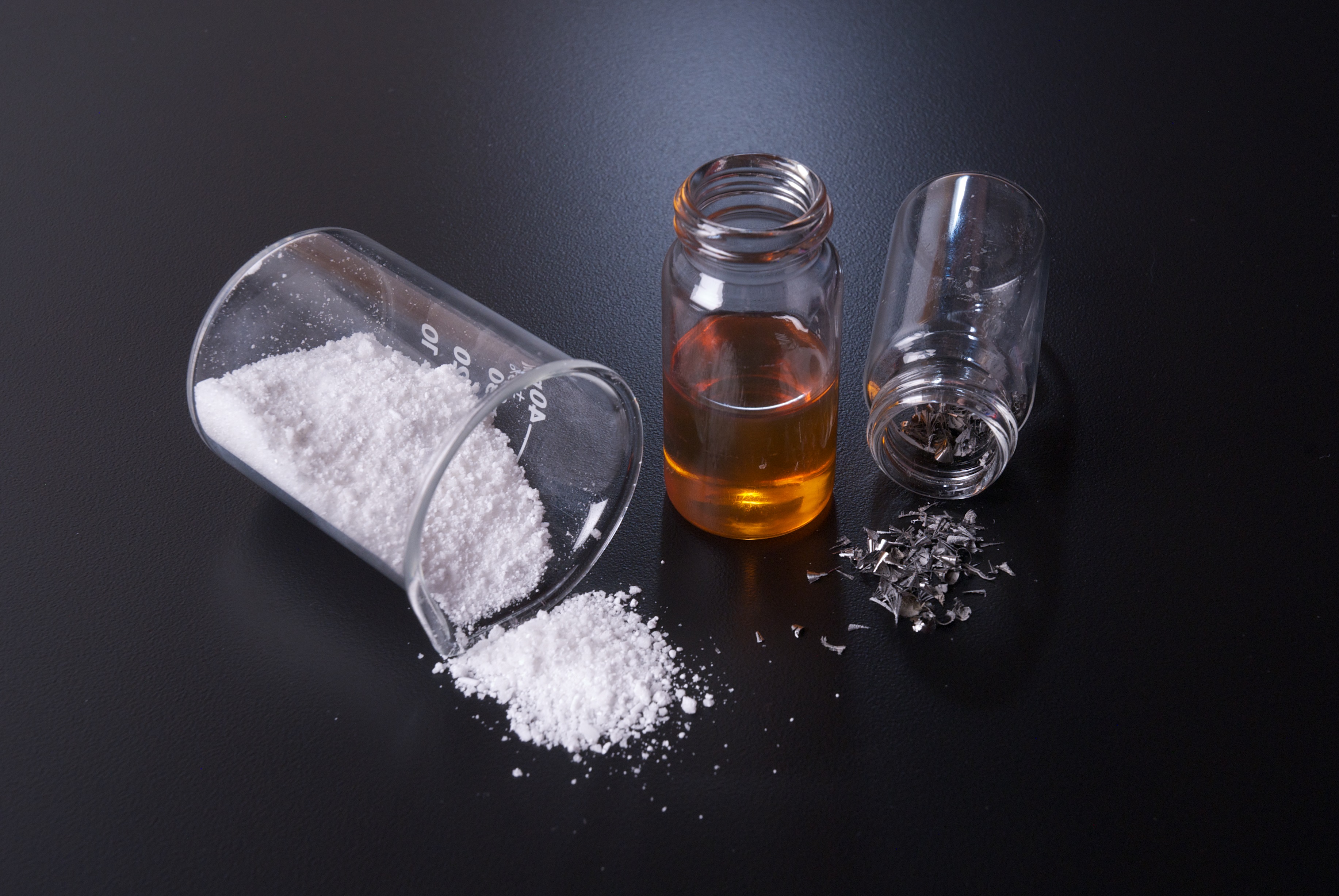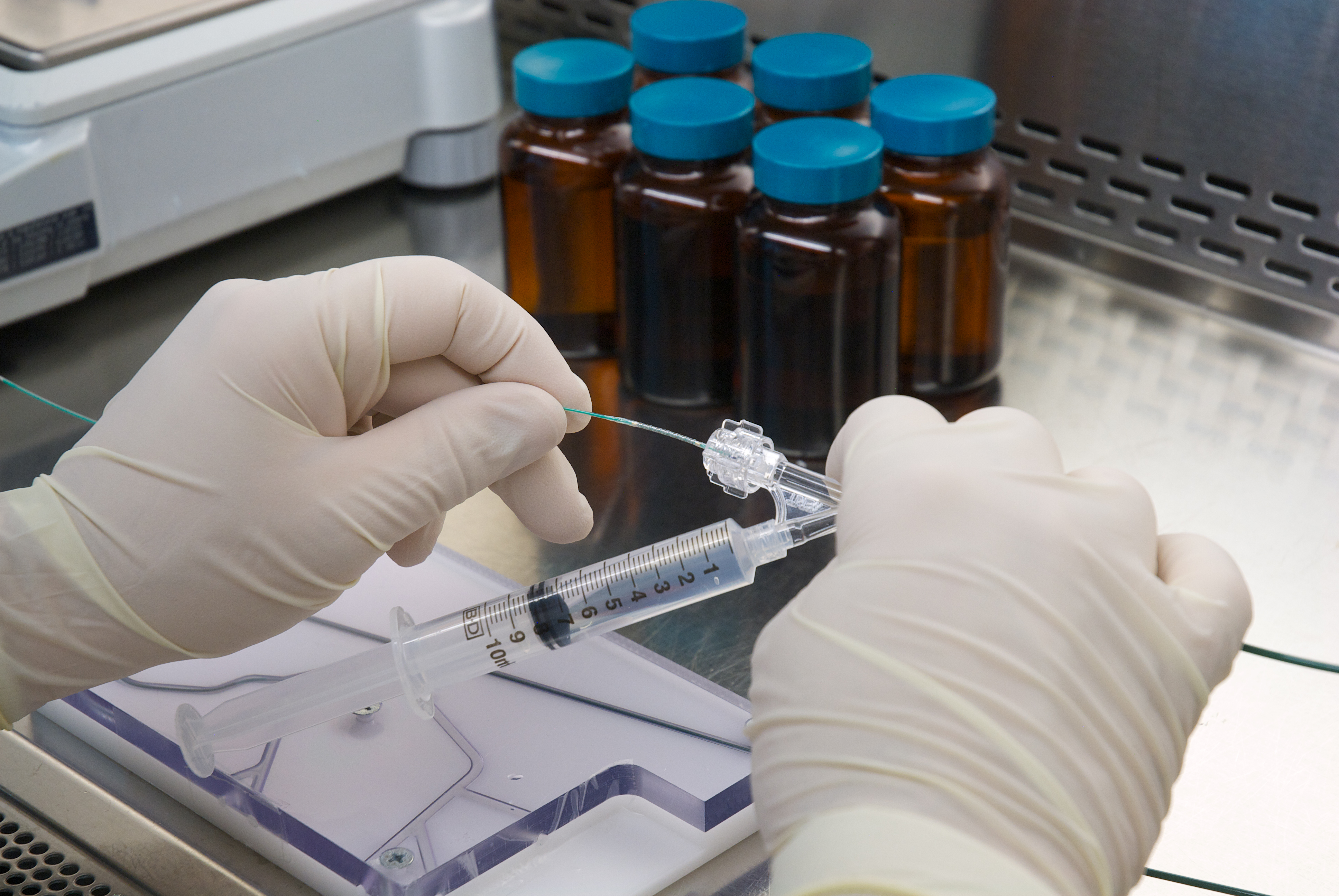Appropriate cleaning of cardiovascular devices is extremely important. If the device is not clean, it can lead to infection, sepsis, septic shock, blood clots, blockages, chemical impact, or toxicological repercussions. Medical device manufacturers must have an understanding of what is considered clean for their devices and which special considerations are necessary when testing cardiovascular devices. While today’s cardiovascular devices have become more sophisticated and complex, FDA 501(k) and premarket authorization (PMA) requirements have become more extensive and detailed.
Defining and validating the cleanliness of a device is critical to reducing both patient safety risk and risk to the device manufacturer of required corrective action, testing, and recalls. Manufacturers are mainly concerned about defining and validating sterilization, but cleanliness is just as important. To determine if a cardiovascular device is clean, manufactures must take the following into consideration before going to market to mitigate threats to patient safety: endotoxin, particulate matter, bioburden, and other residual materials.
There are many potential manufacturing, environmental, and clinical contaminants that are problematic to the cleaning procedure. Microbiological contaminants such as endotoxin are often introduced from an uncontrolled manufacturing environment. Endotoxin is in the cell wall of Gram negative bacteria which remains toxic after sterilization. Since Gram negative bacteria thrive in water, water is considered one of the highest potential risks of introducing microbiological contaminants to the device and should be monitored throughout the manufacturing process.

The purpose of a cleaning validation is simple: examine what comes in contact with the device during production, and ensure those residues are effectively reduced to acceptable levels.
Since endotoxin remains toxic after most sterilization methods, a lot release test is typically performed to make sure the device meets endotoxin limits as established by regulatory standards. Any device that comes into contact with the circulatory system, lymphatic system, or cerebral spinal fluid should be evaluated for the presence of bacterial endotoxin. A Bacterial Endotoxin Test (BET), also referred to as a limulus amebocyte lysate (LAL) test, is a biological assay used to detect and quantify the amount of endotoxin and is typically performed after the device is sterilized. If a device fails BET, it indicates that there are potentially harmful amounts of endotoxin that could result in fever, multiple organ failure, and even death.
There are several control considerations to minimize contaminated water coming into contact with a cardiovascular device during and after manufacturing. Cleanrooms or controlled areas should be designed based on product and process requirements including air flow patterns, construction materials, air filtration methods, and water system locations. Process controls should be evaluated, established, and documented to ensure contaminated water does not come into contact with the device during manufacturing or any contaminants can be properly cleaned and rinsed off of the devices after manufacturing. Medical device manufacturers must establish an environmental monitoring strategy and plan to avoid any unintended additions to the cardiovascular device as well as appropriate validated cleaning processes after the manufacturing.
Particulate testing determines the quantity and size of the residual materials present on a cardiovascular device. These materials can break away from the device and migrate through the bloodstream causing severe blood clots or blockages. Particulate testing includes substances from the manufacturing process, substances resulting from packaging of the product, and any particulates resulting from the handling of a device during the manufacturing, packaging, or shipping process – including coatings and adhesives present on the device that unintentionally slough off during clinical use, as well as any other foreign contaminants such as dust or skin cells.
If particulates are detected, further investigation of recovered particulate matter may be required to determine the origination or at what step in the manufacturing process the particulates occurred. The purpose of a cleaning validation is simple: examine what comes in contact with the device during production, and ensure those residues are effectively reduced to acceptable levels.

Particulate testing includes substances from the manufacturing process, substances resulting from packaging of the product, and any particulates resulting from the handling of a device during the manufacturing, packaging, or shipping process.
In addition to microbiological contaminants and particulates, a device must undergo biocompatibility testing to be considered clean. Biocompatibility analyses consist of several defined tests including: sensitization, cytotoxicity, irritation, hemocompatibility, among others. These preclinical biocompatibility tests are required by ISO 10993 to help determine how the human body will react to the medical device.
The sensitization test evaluates whether or not the device or device extract will elicit an immune system reaction from repeated exposures. The cytotoxicity test is used as a finished device test as well as a device component screen and is often used for monitoring each incoming lot of raw material. The irritation test allows manufacturers to determine if any toxic materials are leaching off of their devices at levels that can be detected in a live mammalian system. The hemocompatibility tests determine the impact of the surface of the medical device to blood; it looks at hemolysis, complement activation, thrombosis, among others.
To avoid these unnecessary complications, manufacturers should be aware of not just which tests to perform but when to perform them. For instance, BET should be performed to monitor the manufacturing process as well as on the final market ready device. Since particulates can easily form at many points in the manufacturing process, it is recommended that particulate testing be checked and monitored through the manufacturing process in addition to testing the final product. Lot release testing helps determine whether the devices are clean.
Demonstrating safety and effectiveness for complex cardiovascular devices can be challenging. The manufacturer must define the tests that are to be performed and the acceptance criteria to prevent delays in the FDA review process and approval as well as to provide optimum safety for the patient. The list of tests must include ensuring that all manufacturing materials, environmental contaminants, and clinical contaminants are removed prior to patient use, and that the manufacturing and cleaning processes are controlled and repeatable.
This article appeared in the April/May issue of MDT.




